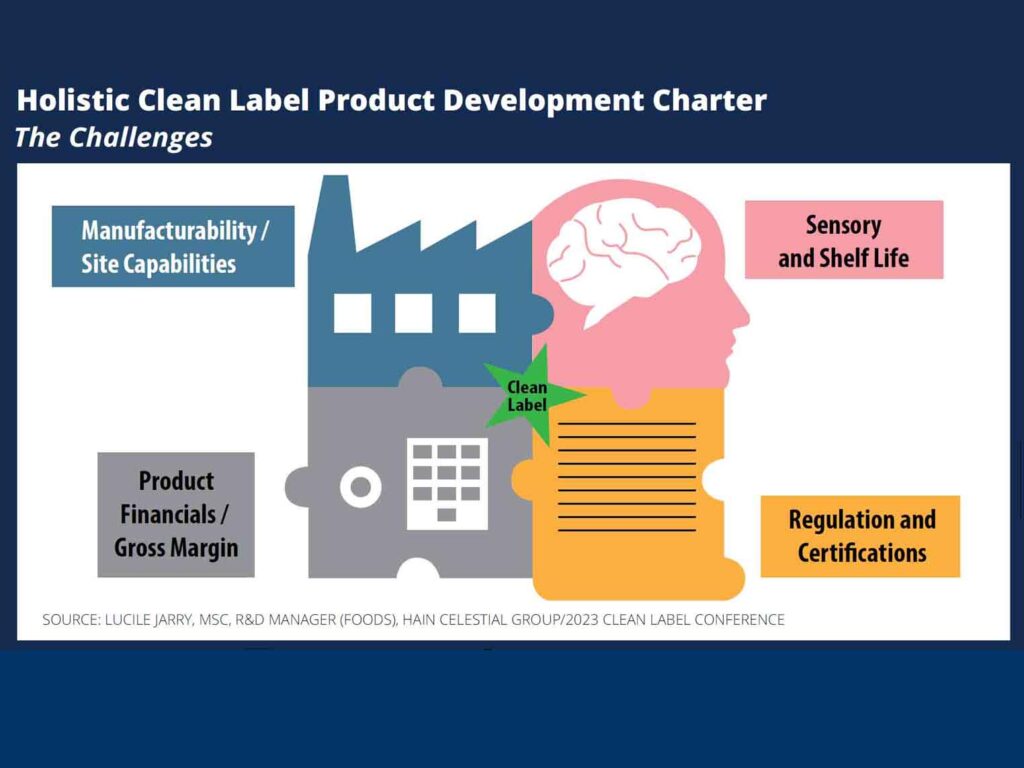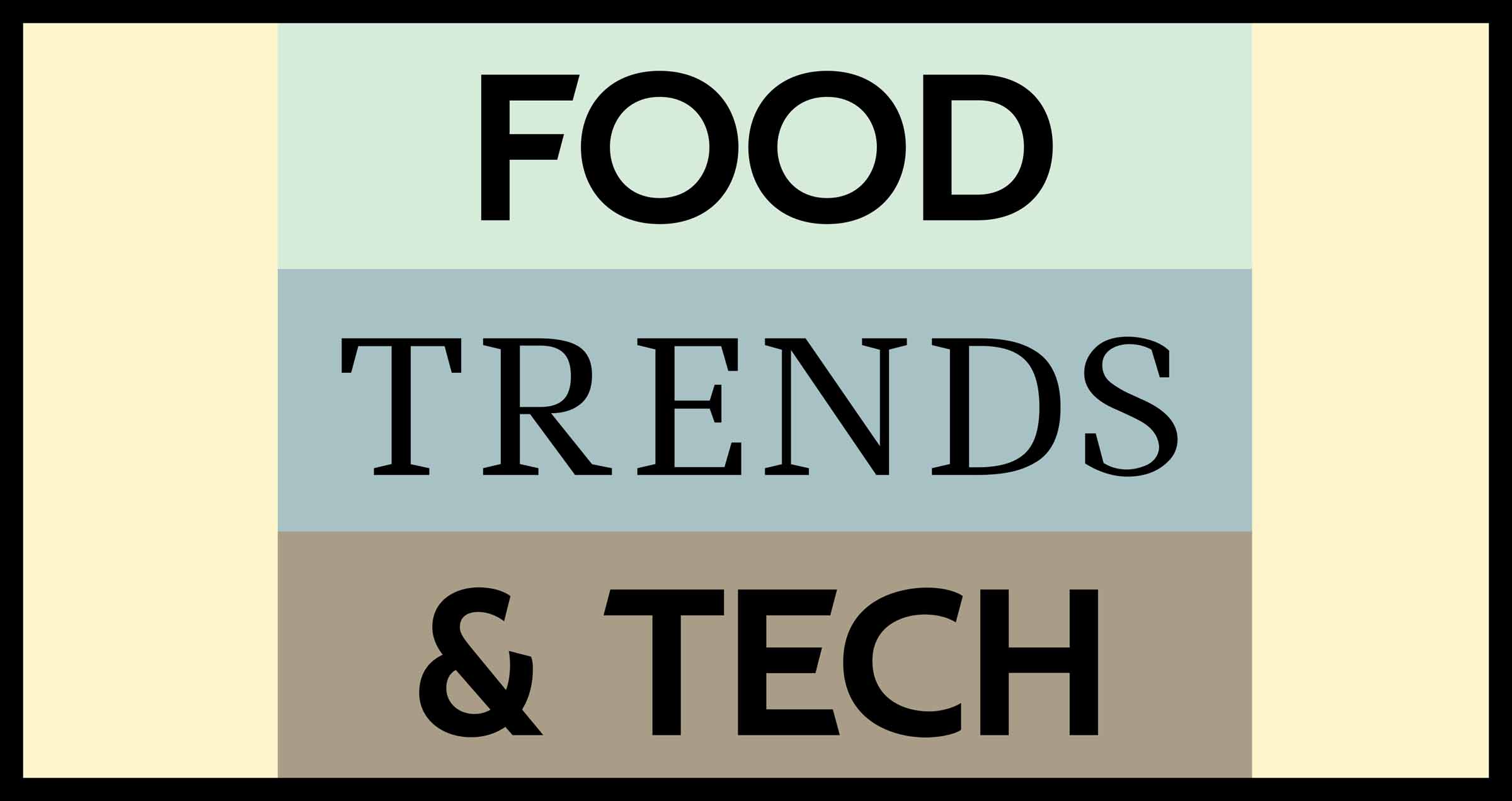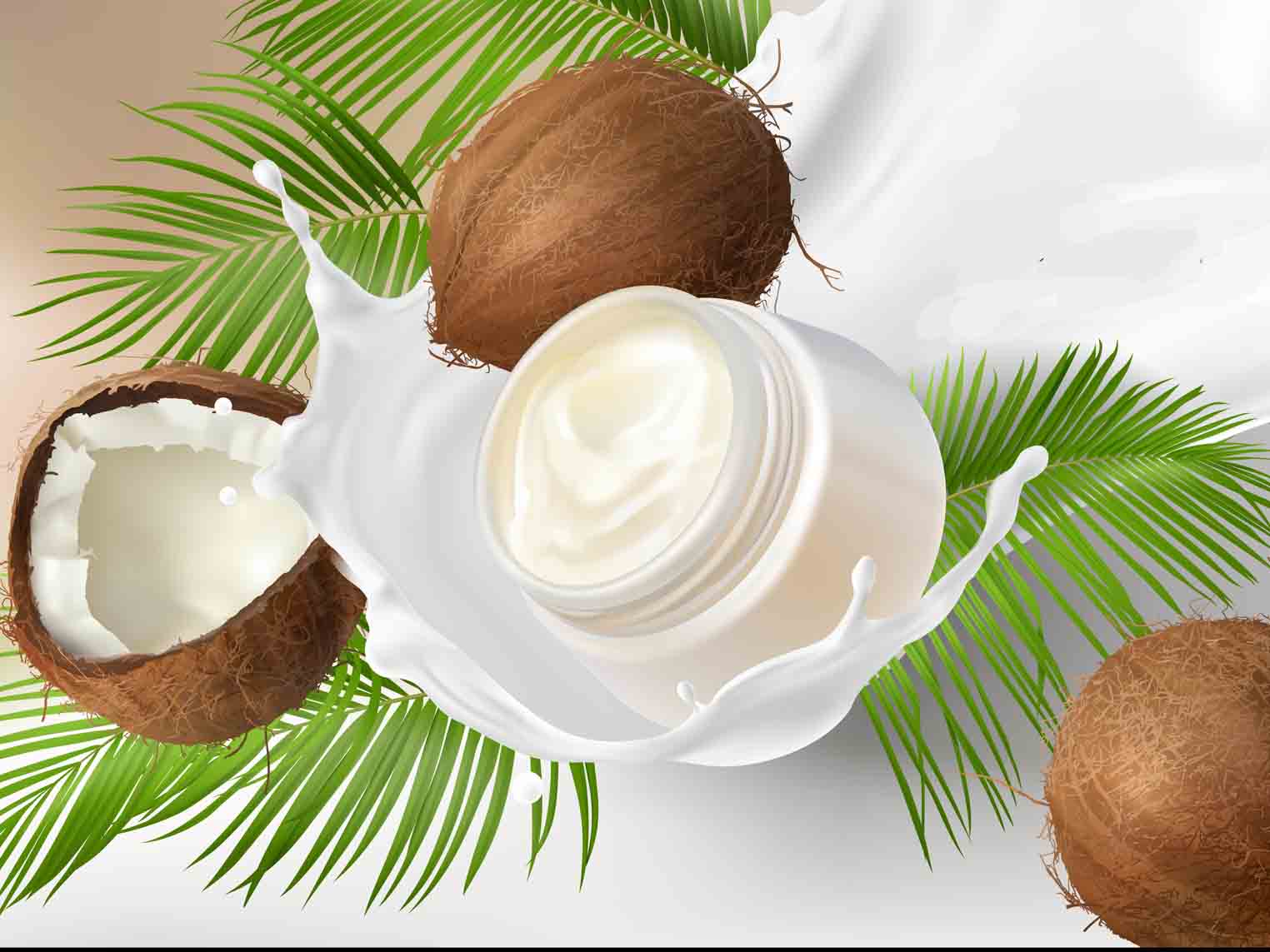Holism reflects a concern for the complete system and its interactions instead of its parts, explained Lucile Jarry, MSc, R&D Manager (Foods), Hain Celestial Group. In her 2023 Clean Label Conference talk, Jarry discussed bakery, nut butter, and baby food case studies as examples of holistic clean label product development.
The development of two products from Hain Celestial Group’s brands that represent pioneers in the organic, natural, and better-for-you space is presented below.
Why might food manufacturers consider producing clean label products? Some reasons include satisfying consumer demand for product transparency, opening doors to incremental distribution, creating differentiation in the marketplace, and contributing to sensory and nutrition (e.g., flavors, colors, micronutrients).
“We know why clean label. Now, how do I, as a food formulator, determine what a clean label means for my company, my brand, and my product,” asked Jarry.
Based on the external and internal cues, the cross-functional team must create a project charter and be aligned on the project’s scope. “The charter should include what is in scope, but also what is out of scope and could derail the timeline, budget, or even the project’s relevance,” explained Jarry. (See the “Holistic Clean Label Product Development Charter” chart to explain the four challenges that must be addressed in the Charter).

Case Study 1: Replacing Citric Acid in Earth’s Best Fruit Puree Pouches For Earth’s Best Fruit Purees, the challenge was that ingredients such as natural fruits and real organic yogurt are often not acidic enough on their own to classify the purees as high-acid foods.
The product development team considered clean label acidulants as alternatives to citric acid, such as lemon juice concentrate, to limit thermal processing. While lemon juice concentrate was more expensive than citric acid, its low usage rate and reduced processing mitigated that extra cost. Regarding sensory, the lemon juice also allowed the fresh fruit flavor to shine through, avoiding the more cooked notes attributed to additional thermal processing. Lastly, the lemon juice met existing certifications, such as organic and kosher, which are important to Earth’s Best consumers.
Case Study 2: Removing Coconut in MaraNatha Coconut Almond Butter Coconut cream, used as a flavoring in MaraNatha Coconut Almond Butter, presented an allergen in the plant, adding a sanitation step in processing. The approach was to replace the coconut cream with a natural coconut flavor.
The natural flavor improved manufacturability by eliminating the unique allergen, and the revised formula fit within the manufacturing line capabilities and set-up. In addition, lower usage of the natural flavor vs. coconut cream maintained the formula cost.
“[Was] this a true clean label win?” asked Jarry. “Yes, the new flavor did meet our original objective: improve manufacturability. We also met the requirements of sensory acceptability, financial guardrails, regulatory and certifications…[However], consumers are becoming more suspicious of natural flavors. Is the natural flavor real enough for our consumers, or did we take a step back by removing the coconut cream, which is closer to the actual fruit,” she questioned.
Palm oil, used as a stabilizer in the no-stir product, also posed an issue due to environmental and nutritional (saturated fat) concerns. This issue was mitigated by sourcing a sustainable (RSPO) option. The palm oil’s low usage rate also limited the saturated fat contribution compared to the unsaturated fats from almonds. Lastly, the company offered two options: the no-stir option that is stabilized with palm oil and an un-stabilized version, which it calls its “stir and enjoy” nut butter, so consumers can choose the product that best aligns with their values.
The takeaway is that “clean label formulation is not always a clear 1:1 solution,” Jarry said. “Sometimes, prioritizing clean labels might mean making sacrifices in other areas of the puzzle. The cross-functional team must decide which puzzle pieces take priority based on a deep consumer understanding,” Jarry concluded.
“A Holistic Formulation Approach to Clean Label products,” Lucile Jarry, MSc, R&D Manager (Foods), Hain Celestial Group.
Chart caption: The cross-functional team decides which puzzle pieces get priority when creating the charter for product development.
Click on the phrases below to see related articles on these topics at FoodTrendsNTech.com.

